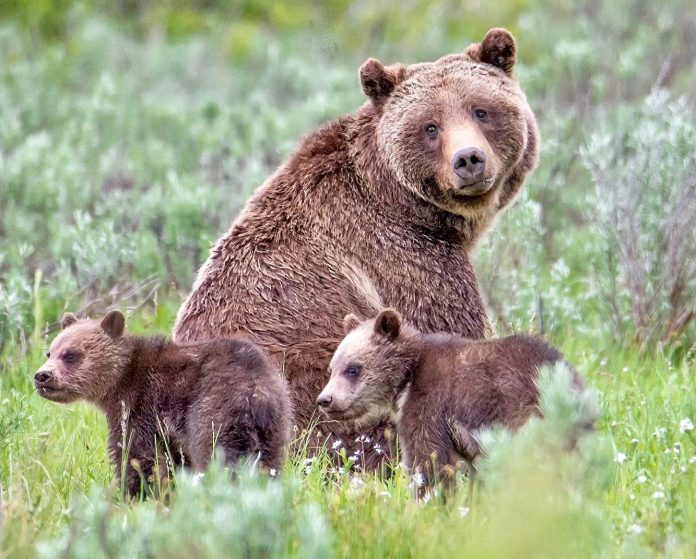
Long-Awaited Plan To Protect Grizzlies In The North Cascades Should Restore Their Threatened Population
You can help all animals and our planet by choosing compassion on your plate and in your glass. #GoVeg

You can help all animals and our planet by choosing compassion on your plate and in your glass. #GoVeg